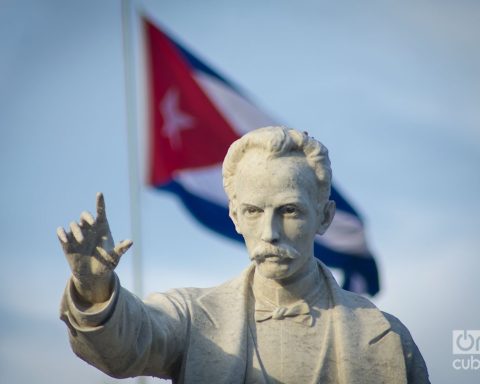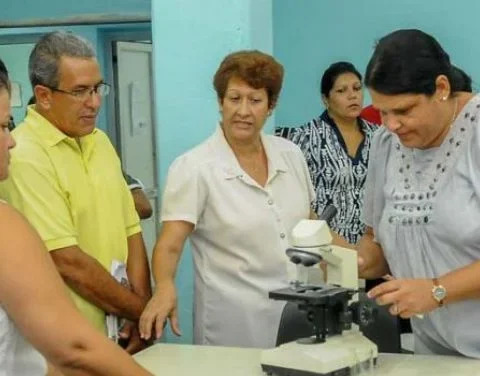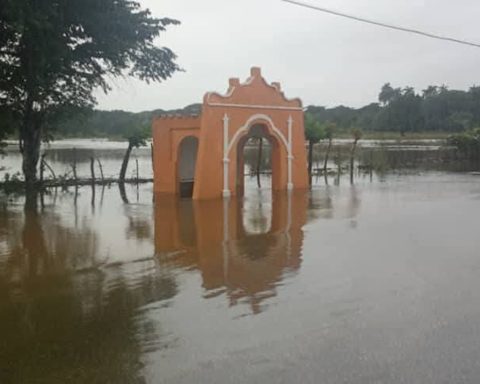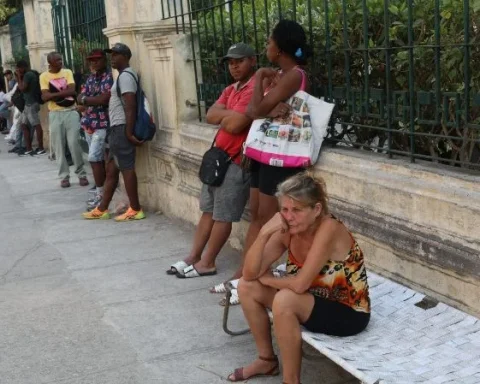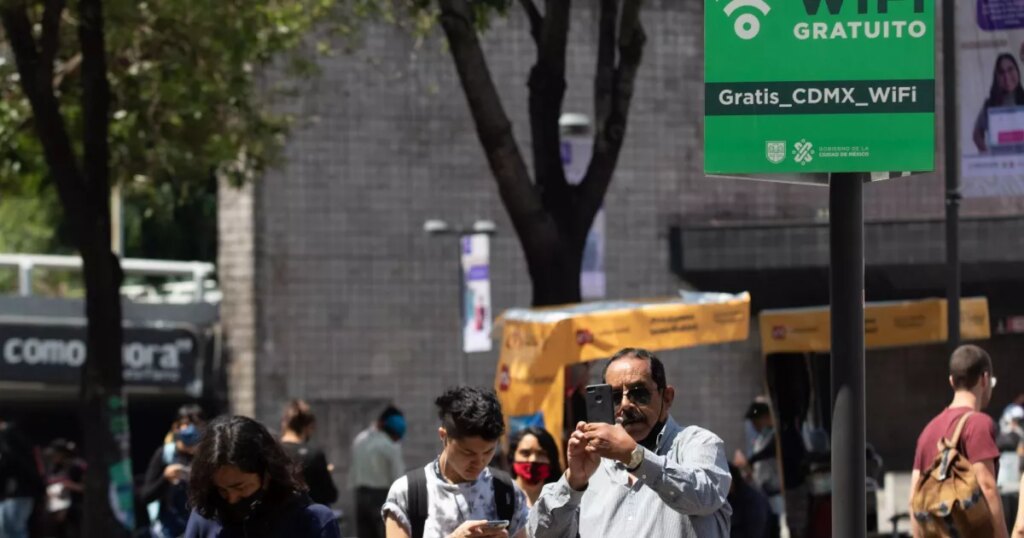Demonstrations, blockades of main roads and the closure of five airports in the Andean regions continued in Peru as part of the protests demanding early elections.
Until now, at least 22 deaths have been reported, while the plenary session of Congress rejected a constitutional reform proposed by the new president Dina Boluarte, which would have made it possible to advance the presidential elections to December 2023, leaving them for April 2024.
Anticipating election day implies cutting the mandates of the current Executive and Legislative, whose efforts began in July 2021 and should end in July 2026.
Boluarte announced this proposal as a way out of the demonstrations that have shaken the country for ten days now, which have left at least 22 dead.
Due to the death of civilians, the Ministers of Culture, Jair Pérez, and of Education, Patricia Correa, presented their resignations, the first resignations in the Boluarte cabinet.
While the state of national emergency is in force with a curfew in 15 provinces, the protests did not stop. The closure of roads and airports interrupted the transfer of thousands of tourists in the Andean city of Cusco.
Bolivian President Evo Morales tweeted for the release of former President Pedro Castillo and called for a Constituent Assembly to define “peacefully the structural changes that deep Peru demands.”
For his part, the President of Mexico Andrés Manuel López Obrador assured that Peru lives “a state of siege, with military and soldiers that prevent the free demonstration of those who are dissatisfied with the arrest of the president-elect, and with the way in which the government acted. Congress”.


